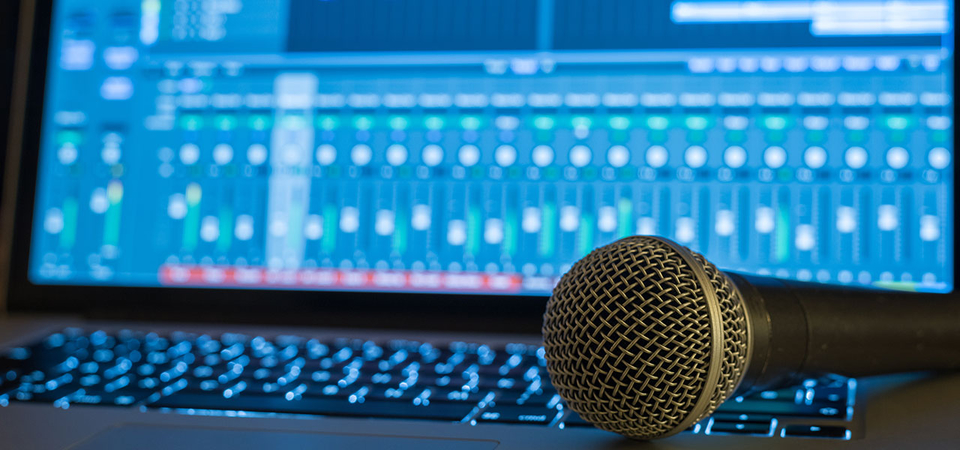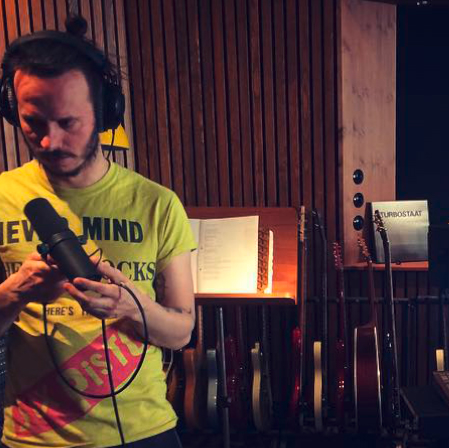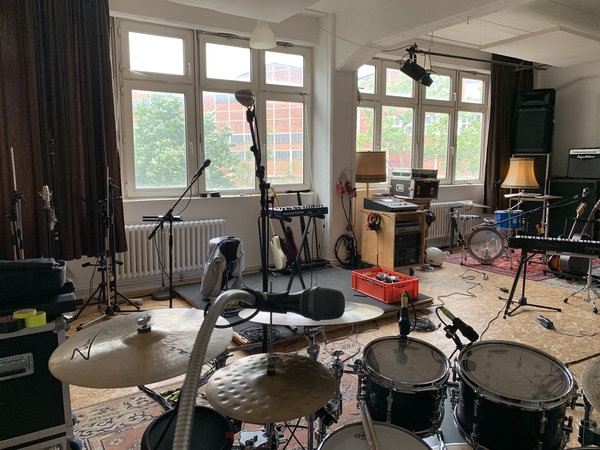Basic equipment for sound design – a laptop and DAW and you’re ready to go!
Basically, you can get started right away with a computer and a DAW.
Johan likes working with “FL Studio” best and Jannick prefers “Ableton Live”. Reaper is a free DAW. There are also lots of other programs. If possible, use trial versions to get to know a program. and then decide which one you like best.
In addition to a computer and a DAW, we also recommend a microphone and an audio interface. These allow you to feed in sounds and vocals. You probably have headphones at hand anyway to listen to your results whenever you need to.






